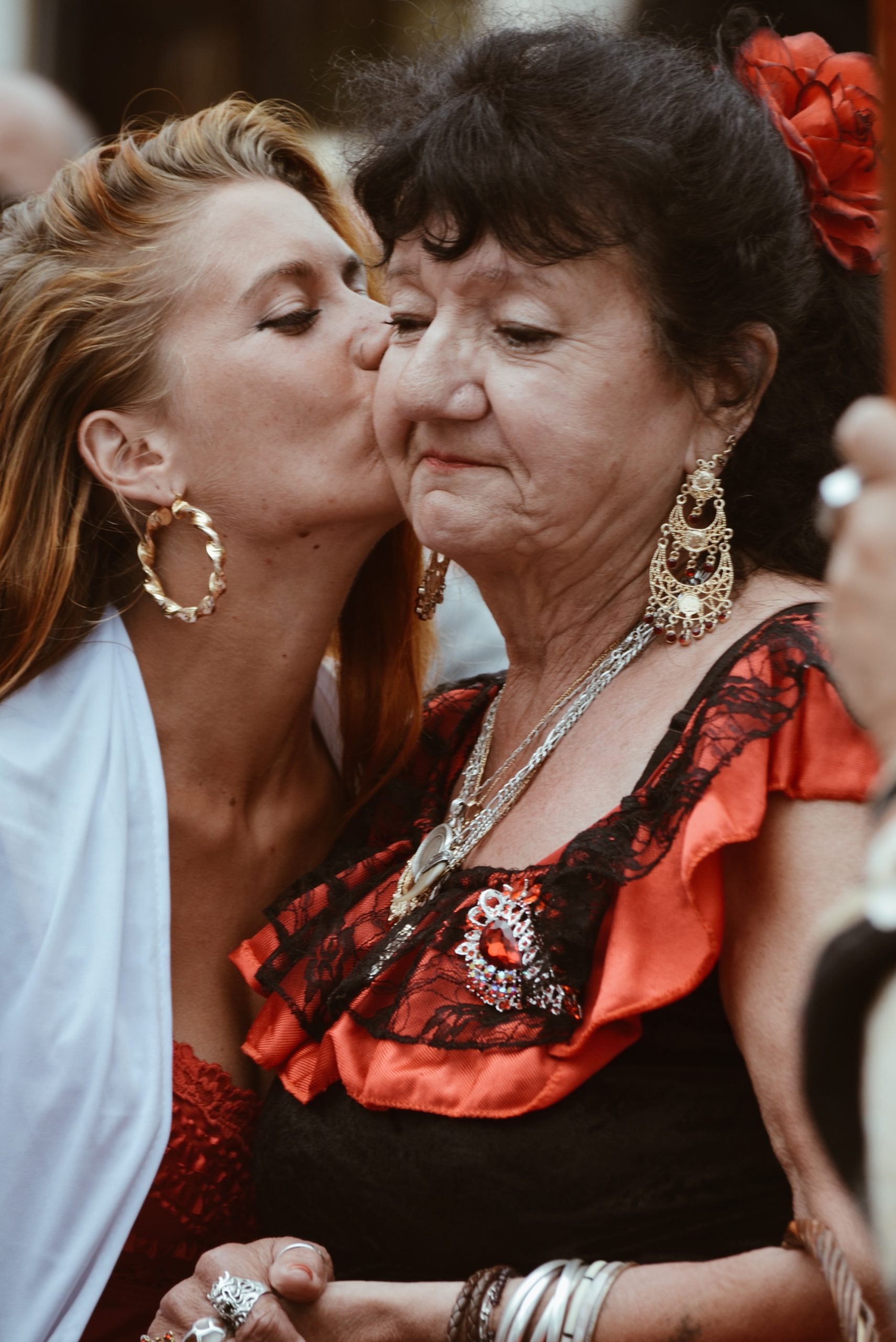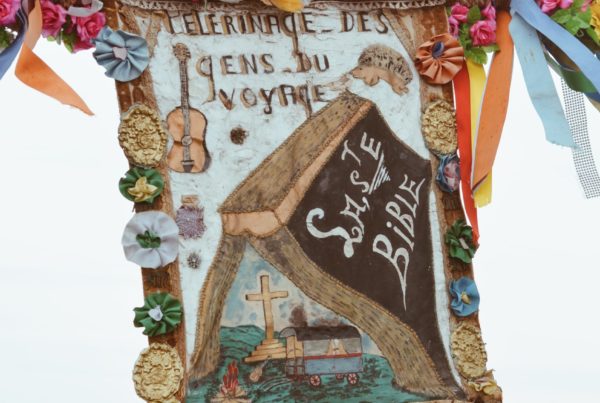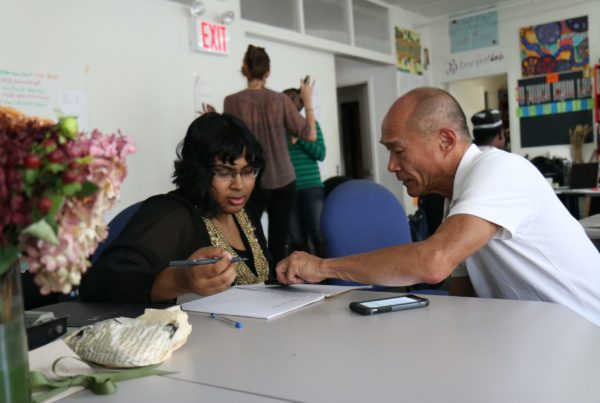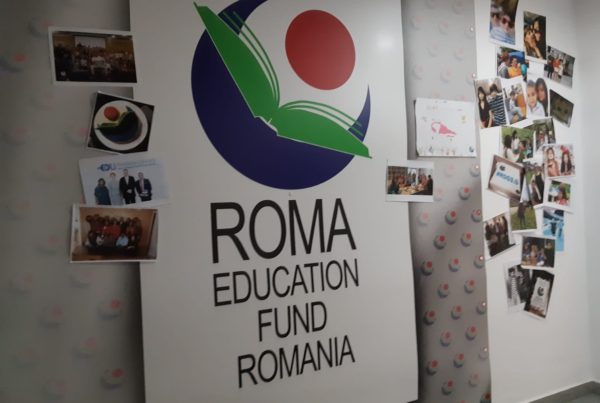The Roma are believed by some scholars to have come to Western Europe around the 16th-15th centuries (for example, Elena Marushiakova and Veselin Popov – Identity and Language of the Roma (Gypsies) in Central and Eastern Europe.
Back in the eighteenth century there are scientists who suggest that perhaps Roma have Indian origin, because of the similarity between the dictionary of Roma language and vocabulary of some languages of northern India, mainly Hindi and Punjabi. Scientists still do not agree on when and how the Gypsies left India, but common is that they emigrated from northern India sometime between 6th and 11th century, then go through the Middle East and finally arrive in Europe. Other scholars believe that they came from Egypt (for example, Alexei Pamporov – MANUAL ON ROMA HISTORY AND CULTURE, 15-16 pages).
These are two different hypotheses that are more or less supported by different researchers, but so far there is no unanimity on the question of their origin. It is believed that in Bulgaria and in the Balkans in general the presence of Roma has been characteristic since the 13th century (although there is no unanimity among researchers on this occasion). After the Turkish conquest of the Balkans, the Roma were often recorded in Ottoman tax documents (Commencement of Roma Civic Emancipation).
In Bulgaria there are many studies related to the Roma – their identity, self-name, religion and others. In these studies, it is constantly emphasized that the Roma have many different groups, subdivisions, subgroups related to differences in identity, language, religion, etc. (Roma in Central and Eastern Europe, pp. 27-29).









